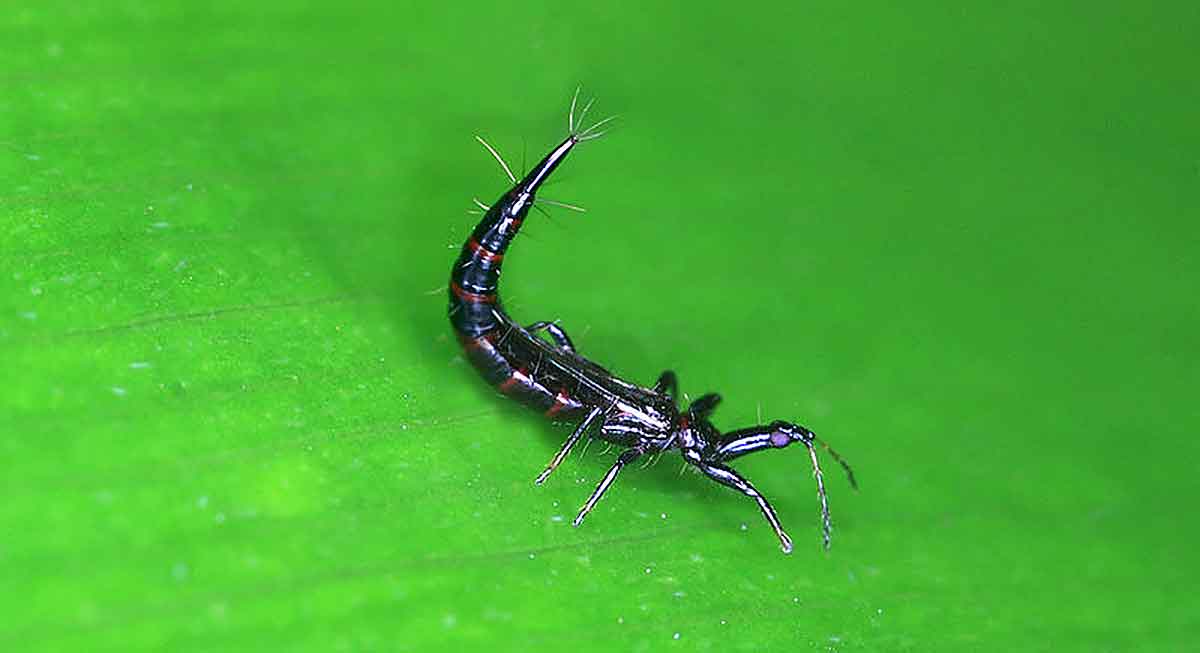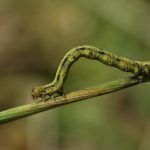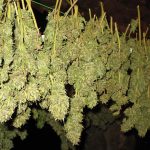Thrips : Pests of marijuana
Today, we are talking about one of the most common pests affecting marijuana plants: thrips. They are insects of the Thysanoptera family, an order of small neuropteran insects, called thrips or spider mites. It is a pest that affects marijuana plants and other plant species. This pest damages plants to death if measures are not taken, sucking the plant’s sap until it dies and then moving on to another plant. They are also very dangerous because they can carry other diseases with them, which can infect the plants.
How to recognise aphids on marijuana?
In their adult form, thrips can measure between 0.9 and 1.2 mm, with the females being the largest. They have two wings, which are barely noticeable as they are always tucked up against their bodies. They are usually greyish or yellowish in colour. They can be spotted or smooth, and their body shape is linear.
It has two antennae and several legs and usually moves along the veins of the leaves. Unlike many other pests of marijuana, thrips are best recognised by looking at the upper part of the leaves rather than the underside.
To recognise this pest, as they are often hidden in the veins of the leaves, they are not easy to see with the naked eye, but it is necessary to look at the damage they cause. Specifically, thrips make grooves in the leaves of marijuana, these can be of different sizes and can be perceived as if they had eaten part of the plant tissue except for a light layer.
How do thrips attack Cannabis plants?
This pest is not one of the most aggressive, although it should not be forgotten, as it weakens the plant, reduces the harvest and increases the chances of other pests, diseases and fungi penetrating the plant.
Thrips are quite discreet, and because they do not reproduce very quickly, it is possible for plants to have a few specimens. The way to know if you have them or not is to check leaf by leaf all the veins that compose it, especially the main ones, looking for these elongated insects.
They are usually still, so it is more difficult to spot them, although there is a trick to make them move and thus detect them more easily, simply tap the leaves to start them up and then you will see them running inside the veins of the leaves.
Special care must be taken when growing indoors, especially in rural locations, as well as to prevent other pests and fungi, it is recommended to change clothes when entering the grow room so as not to bring specimens that can reproduce inside.
How to prevent thrips in Cannabis?
First and foremost, care and cleanliness is the basis for preventing thrips and any other type of Cannabis pest. Good practice includes:
– Change of clothes when entering the crop.
– Regular cleaning of the cultivation area with cleaning products.
– Cultivate plant species that keep aphids away: nettles, marigolds, wormwood, honeysuckle, hydrangeas, tulips…
– Grow varieties of marijuana that are more resistant to pests.
– Use ecological preventives, such as neem oil, although there are also solutions without having to spend money, by making an infusion to water with nettles, garlic or nicotine. In this video you can see how to make a nettle infusion:
How to eliminate thrips from marijuana?
When the pest is already on the plants we can’t prevent it, we have to cure it. These are the possible solutions to eliminate thrips from marijuana.
The most advisable is to use natural remedies, ecological solutions that do not harm plants or the environment. Natural predators are a very good option, although they are sometimes difficult to obtain and use (they can escape or die), among them are Ambliselius cucumeris or Ambliselius degenerans, and Orius laeviatae can also be used.
A biological insecticide is also available, Neem itself can be used in larger quantities, although its effect is often not sufficient. For a total effect, as long as the product is well applied, we can resort to Pyrethrins, perfect for eliminating the thrips pest from marijuana, although with a certain safety period, this means that we cannot harvest the plant until the manufacturer of the phytosanitary product indicates it, because there are still remains of the insecticide in them.
Imagen de Wikicommons
Founder of Experiencia Natural, creative and entrepreneur, designer, master in grower and marketing. For a normalization of all plants and substances, giving priority to patients and users.















